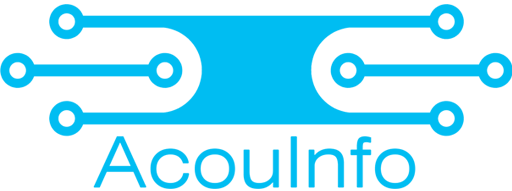
Giving companies the best data and tools to tackle the world’s water quality crisis
When it comes to water crises grabbing the headlines, they’re usually about water quantity. From this year’s historic floods in China and Vietnam to widespread drought in the US and billions facing water shortages across the world, it’s stories of too much or too little water that invariably burst into the public consciousness. However, analysis of the largest global database of water quality by the World Bank warns that the “invisible crisis of water quality” is an equally, if not even more, serious threat to human and environmental well-being. Water pollution also severely impacts economic growth – reducing GDP by up to one-third in the most heavily affected areas.
From their industrial activities to agricultural supply chains, businesses have a critical role to play in this crisis but are currently underestimating the associated risks of water pollution and thus not doing enough to address it, as highlighted in CDP’s Global Water Report 2019.
To address this challenge, we worked together to integrate the World Bank‘s state-of-the-art water quality dataset into the WWF Water Risk Filter – the leading online water risk tool, used by thousands of companies from a range of industries – to enable companies to better assess and respond to water quality risks.
Figure 1. WWF Water Risk Filter water quality risk map based on World Bank’s water quality dataset
It is widely recognized that reliable, accurate, and comprehensive information is crucial for companies, investors, and policymakers to make well informed decisions. However, global water quality monitoring is both severely lacking and extremely complex given the multitude of parameters in play. To shed light on the issue, the World Bank assembled the world’s largest database on water quality gathered from monitoring stations, remote sensing technology, and machine learning. Moreover, this global water quality dataset focuses on three key representative parameters for water quality aligned with the UN’s Sustainable Development Goals (SDGs):
- Biological Oxygen Demand (BOD) is one of the most widely used water quality indicators, measuring the degree of organic pollution of water – an umbrella proxy of river health;
- Nitrogen (nitrate-nitrite) is used to capture water pollution from excessive nutrient loading in water bodies, which is primarily caused by agricultural run-off and untreated wastewater, and which can be harmful to both human and ecosystem health in sufficient concentrations; and
- Electrical Conductivity (EC) is used as a proxy for salinity balance and changes to pH levels as saline water can be disastrous for both agriculture and human health, particularly for young children.
To enable companies to easily access and determine business risks related to water quality, the World Bank’s water quality dataset has now been integrated into the WWF Water Risk Filter Risk tool. More specifically, the World Bank’s water quality status data was converted to water risk data in an easy-to-understand water risk score of 1 (very low risk) to 5 (very high risk) – more background on this logic is outlined in WWF & WBSCD Right Tool for the Job Report. Since its launch in 2012, the Water Risk Filter has become a leading and trusted source of water risk data for businesses including H&M, Danone, IKEA, and AstraZeneca, which have used it to assess and respond to water risk across their operations and value chain. Moreover, the tool’s water risk data is updated annually to provide the latest and best available data for robust risk assessment results.
This year’s update includes data from the World Bank Water Data Portal, launched in late 2020. Empowered by the new water quality data in the tool, we urge companies to take progressive action to address risks related to water quality. To succeed, companies will need to look beyond “business-as-usual” responses to pollution management and start engaging in collective action with other stakeholders in the river basin to solve shared water quality challenges.
For example, the apparel and textiles sector has begun to recognize its potential for creating significant water quality impacts on ecosystems and people. In response, WWF has been working with its partners to develop and scale up collective action water programs in 6 key textile production regions.
As UN Secretary General Kofi Annan once said: “Without good data, we’re flying blind. If you can’t see it, you can’t solve it.”. With the world’s largest water quality data by the World Bank now available in the WWF Water Risk Filter tool, companies have no excuse for continuing to turn a blind eye to the water quality crisis – and its impact on their operations and the river basins in which they work.
No longer invisible, it is now critical for companies to make informed decisions and take action to reduce water risks, helping to boost their long-term bottom line and strengthen efforts to achieve SDG6 – access to safe water for all.
